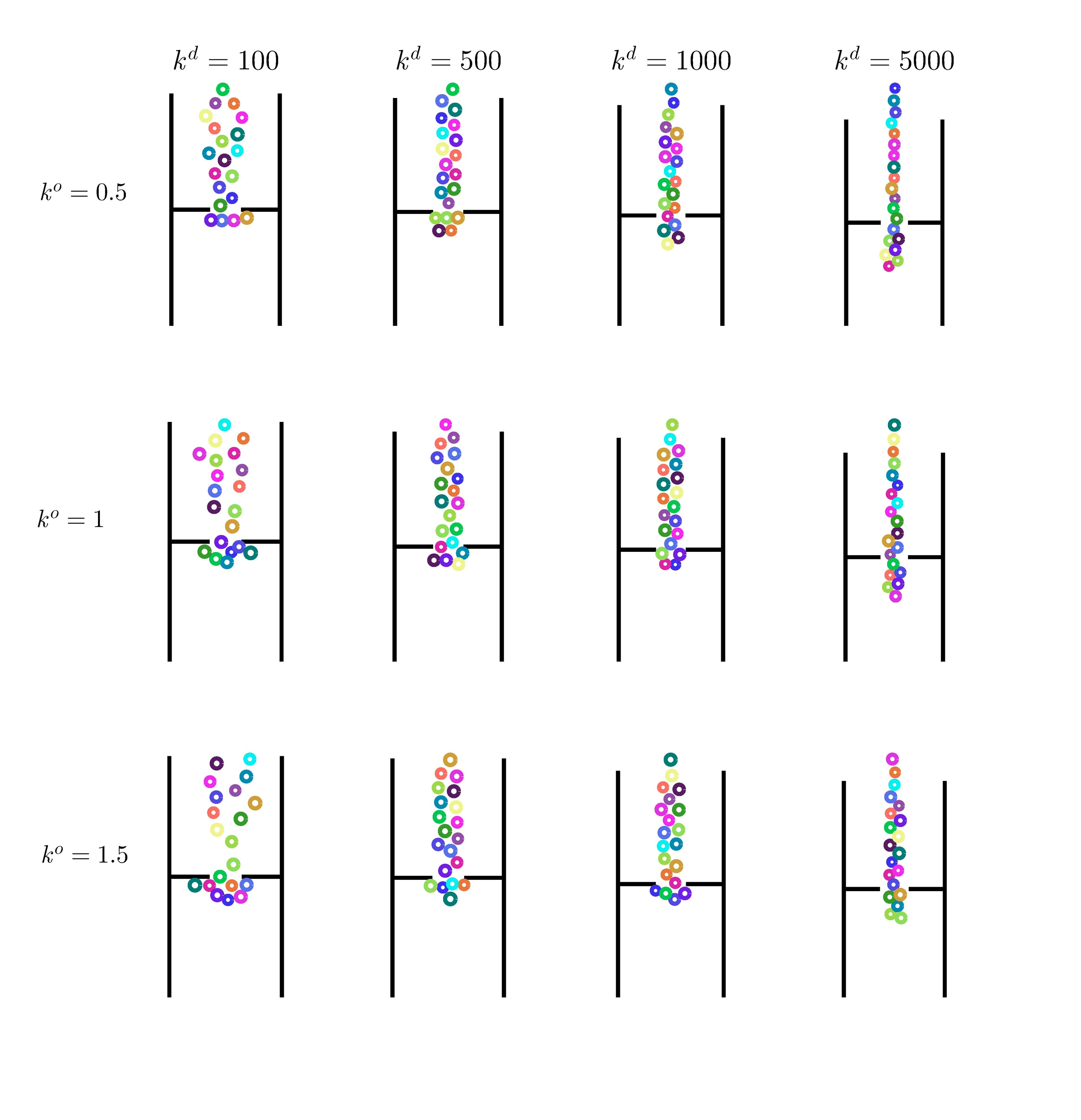The Headed Social Force Model
The Headed Social Force Model (HSFM) is an enhancement of the traditional Social Force Model (SFM) which explicitly accounts for the pedestrians’ heading. The motion of each individual is described by means of a dynamic model. Forces and torques driving the dynamics of each pedestrian are generated with the purpose of maximizing the realism of the resulting trajectories. In doing so, several conflicting objectives have to be taken into account. In low density scenarios, the pedestrians’ motion should be as smooth as possible, consistently with what is empirically observed. In these circumstances, lateral motions should be avoided because individuals walk ahead most of the time. On the contrary, in crowded or cluttered environments, the interaction among pedestrians, as well as between pedestrians and the environment, is stronger and determines most of the pedestrians’ trajectories. The solution proposed in the HSFM consists in computing the model inputs as suitable functions of the force terms adopted in the traditional SFM.

The Headed Social Force Model has been introduced in our recent work:
A preliminary version of the model has been presented in:
You can cite these article if you use this code and our model for your research.
Both a MATLAB and a Python 3 implementation are available.
Guideline to the Python 3 code
Create a python virtual environment through virtualenv. If you do not have virtualenv installed, install it by writing in your terminal
pip3 install virtualenv
Create a new directory dir and clone the repository inside it. In the same directory create a new environment
virtualenv ENV
Then activate it
source ENV/bin/activate
and install the required packages
pip install numpy matplotlib scipy
Now, go to the python scripts directory
cd HeadedSocialForceModel/python_scripts
Here you can run the file launcher.py.
python launcher.py
If you want to do other simulations or change the model parameter follow the instructions in launcher.py and modify the parameters in aux_functions.py.
Guideline to the MATLAB code
Open the function map_def.m and follow the instructions to define a map.
Open launcher.m and for each group to be created, insert:
- the number of individuals;
- the starting point;
- the waypoints.
If needed, specify different model parameters.